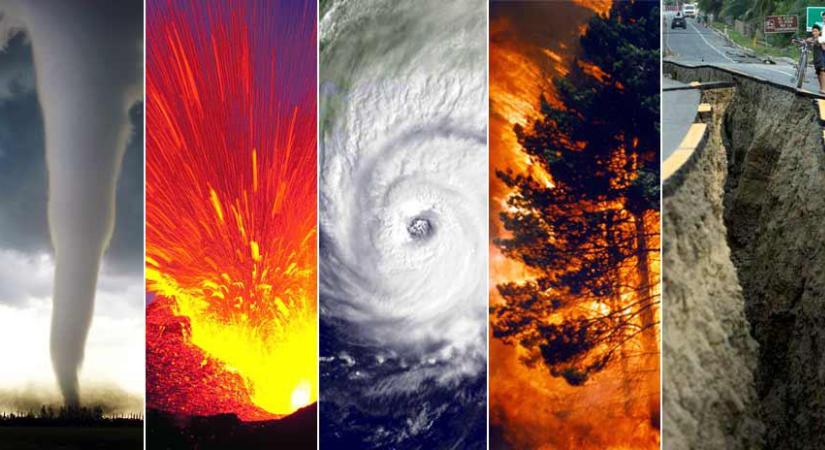Natural disasters, such as hurricanes, earthquakes, wildfires, and floods, pose significant challenges to communities worldwide, causing loss of life, displacement, and extensive damage to infrastructure. In recent years, the integration of artificial intelligence (AI) technologies has emerged as a promising approach to enhance disaster preparedness, response, and recovery efforts. From predictive modeling to real-time monitoring and decision-making support, AI offers a range of tools to mitigate the impact of natural disasters and save lives. In this article, we’ll explore the role of AI in managing natural disasters and the innovative applications driving resilience in vulnerable regions.
1. Early Warning Systems: AI-powered early warning systems leverage data from various sources, including satellite imagery, weather forecasts, and sensor networks, to detect potential natural disasters and issue timely alerts. Machine learning algorithms analyze historical data patterns to predict the likelihood and severity of events such as hurricanes, tsunamis, and landslides, enabling authorities to evacuate at-risk populations and mobilize resources before disaster strikes. These systems play a crucial role in minimizing casualties and facilitating proactive disaster preparedness efforts.
2. Predictive Modeling: AI-driven predictive modeling enables researchers and emergency responders to anticipate the trajectory and impact of natural disasters with greater accuracy. By analyzing vast amounts of historical and real-time data, AI algorithms can forecast the path of wildfires, assess flood risk in vulnerable areas, and predict the intensity of storms. This predictive capability allows authorities to implement targeted mitigation strategies, allocate resources effectively, and inform evacuation plans, thereby reducing the potential for loss of life and property damage.
3. Damage Assessment and Response: Following a natural disaster, AI technologies facilitate rapid damage assessment and response efforts, enabling authorities to prioritize areas for search and rescue operations, infrastructure repair, and humanitarian aid distribution. Remote sensing techniques, coupled with computer vision algorithms, enable the analysis of satellite imagery and aerial drone footage to identify damaged buildings, assess road conditions, and evaluate the extent of environmental degradation. AI-powered analytics streamline decision-making processes, optimize resource allocation, and accelerate recovery efforts in affected communities.
4. Social Media Analytics: Social media platforms serve as valuable sources of real-time information during natural disasters, providing insights into evolving situations, community needs, and emerging risks. AI algorithms analyze social media data streams to identify relevant posts, detect distress signals, and extract actionable intelligence for emergency responders. Sentiment analysis and geospatial mapping techniques enable authorities to monitor public sentiment, assess the effectiveness of disaster response efforts, and coordinate outreach initiatives to support affected populations.
5. Resilience Planning and Adaptation: AI technologies support long-term resilience planning and adaptation efforts, helping communities anticipate and mitigate the impact of future natural disasters. Data-driven modeling and simulation tools enable urban planners and policymakers to assess vulnerability, evaluate infrastructure resilience, and design resilient systems that can withstand environmental hazards. Machine learning algorithms analyze historical data trends and climate projections to inform land-use planning, infrastructure investment, and ecosystem restoration initiatives, fostering sustainable development practices and enhancing community resilience in the face of evolving climate risks.
In conclusion, AI holds immense potential to revolutionize natural disaster management by providing decision-makers with actionable insights, predictive capabilities, and real-time situational awareness. By harnessing the power of AI-driven technologies, governments, humanitarian organizations, and communities can enhance their capacity to prepare for, respond to, and recover from natural disasters, ultimately saving lives and safeguarding livelihoods in an increasingly volatile world.
Team T2S1.

